The RTX 4070 Ti has now joined the RTX 4080 and 4090, completing NVIDIA’s launch of the initial trio of their GeForce RTX 40 Series of GPUs. How do these cards compare in Redshift GPU rendering versus the previous generation RTX cards?
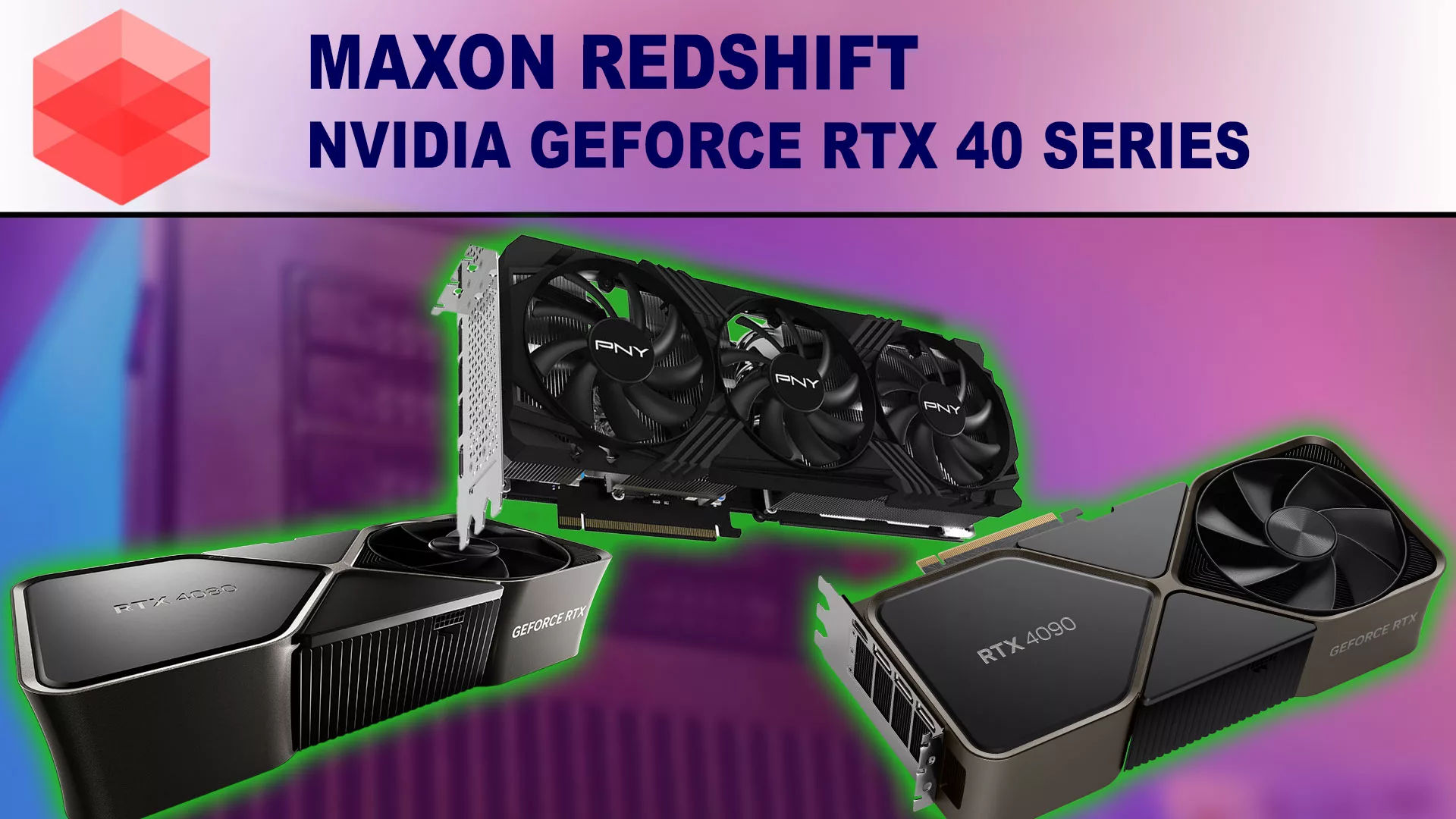

The RTX 4070 Ti has now joined the RTX 4080 and 4090, completing NVIDIA’s launch of the initial trio of their GeForce RTX 40 Series of GPUs. How do these cards compare in Redshift GPU rendering versus the previous generation RTX cards?
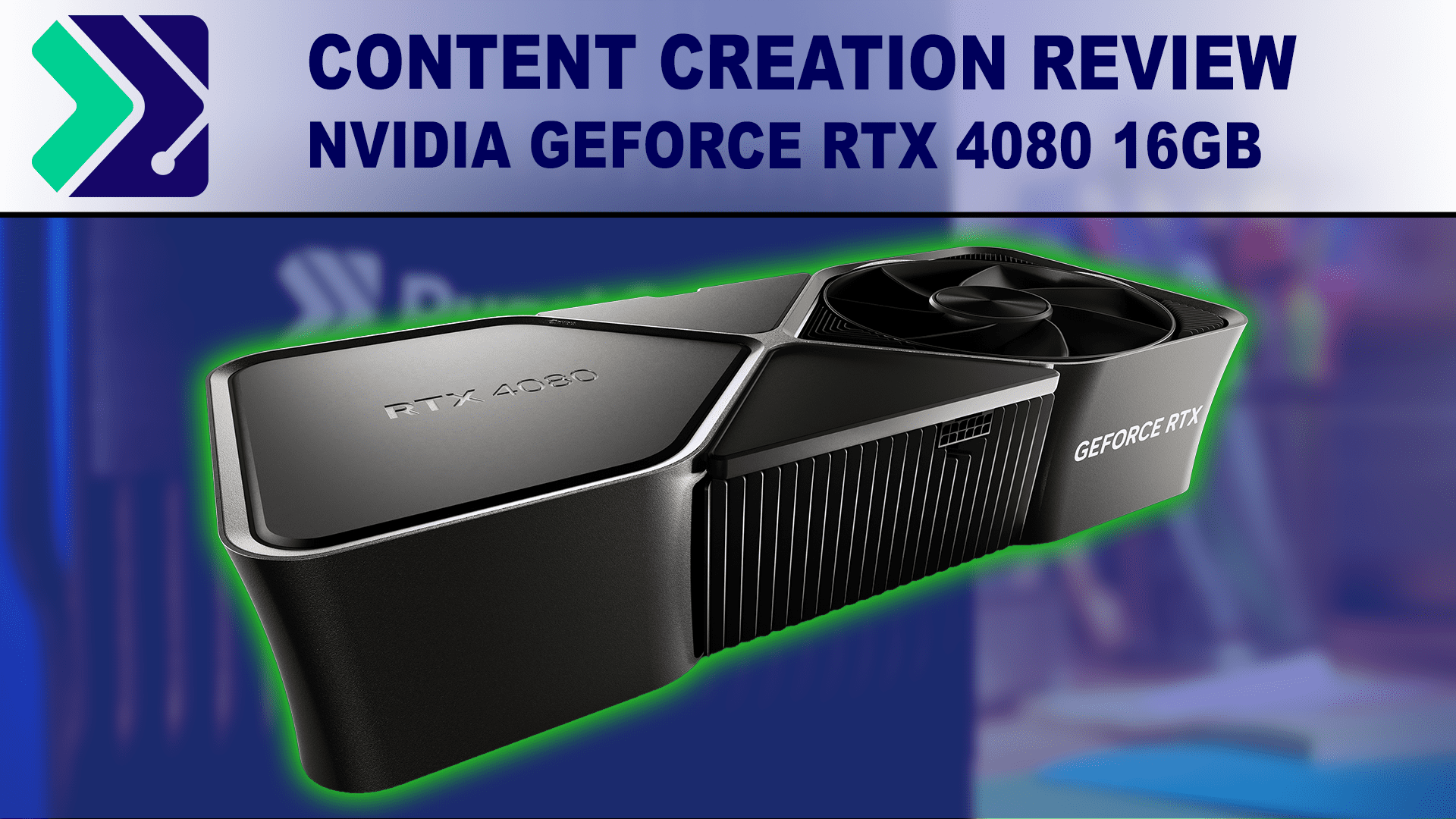
NVIDIA is continuing their new RTX 40 Series GPUs with the new RTX 4080 16GB. How does this new card perform in the real world, and is it worth considering in your next content creation workstation?
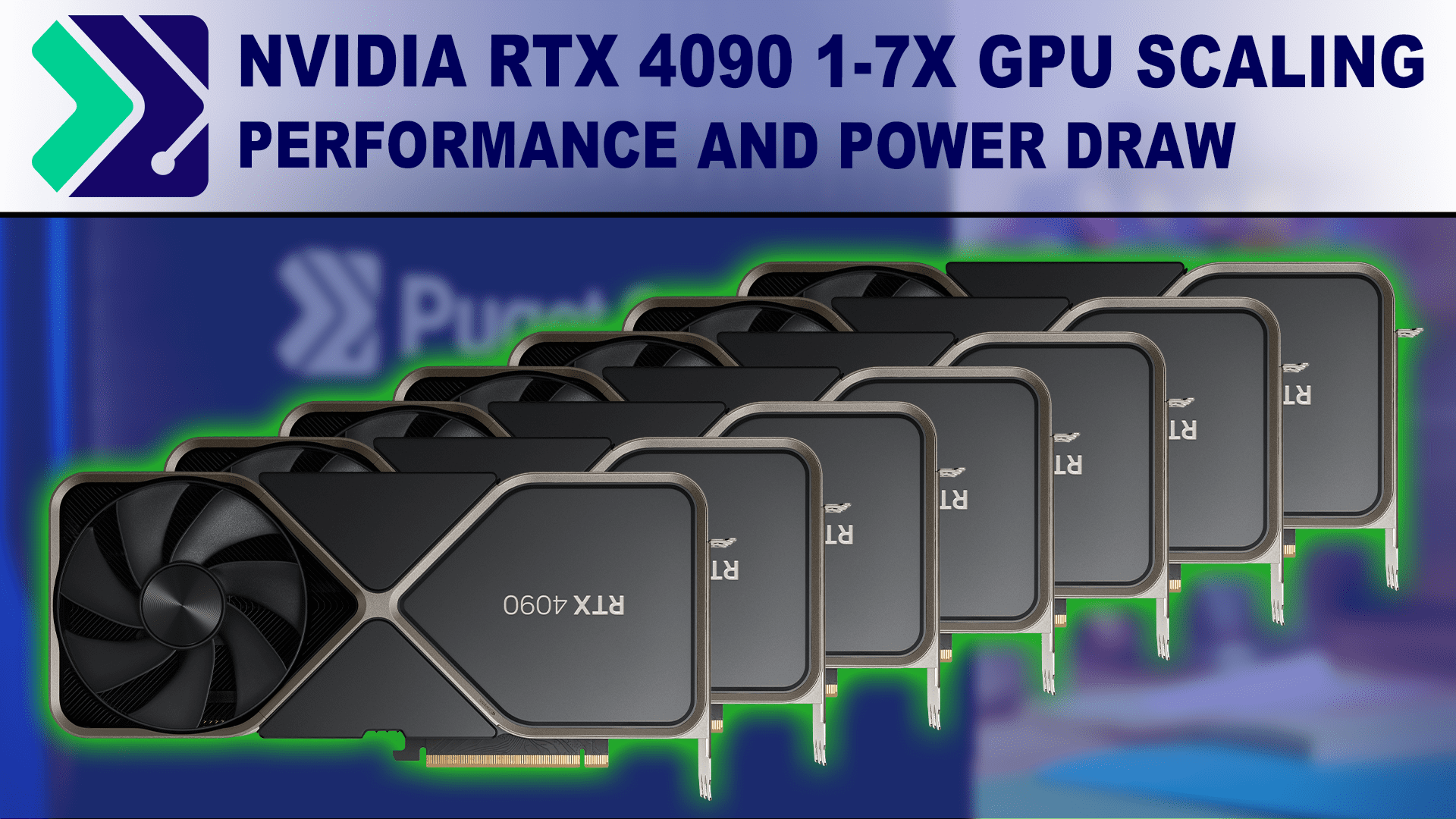
Introduction About a month ago, NVIDIA began rolling out their new RTX 40 series GPUs, starting with the GeForce RTX 4090 24GB. The RTX 4090 is an incredibly powerful GPU, and in our content creation review, it easily blew past anything else on the market. In that same article, we included test results in both
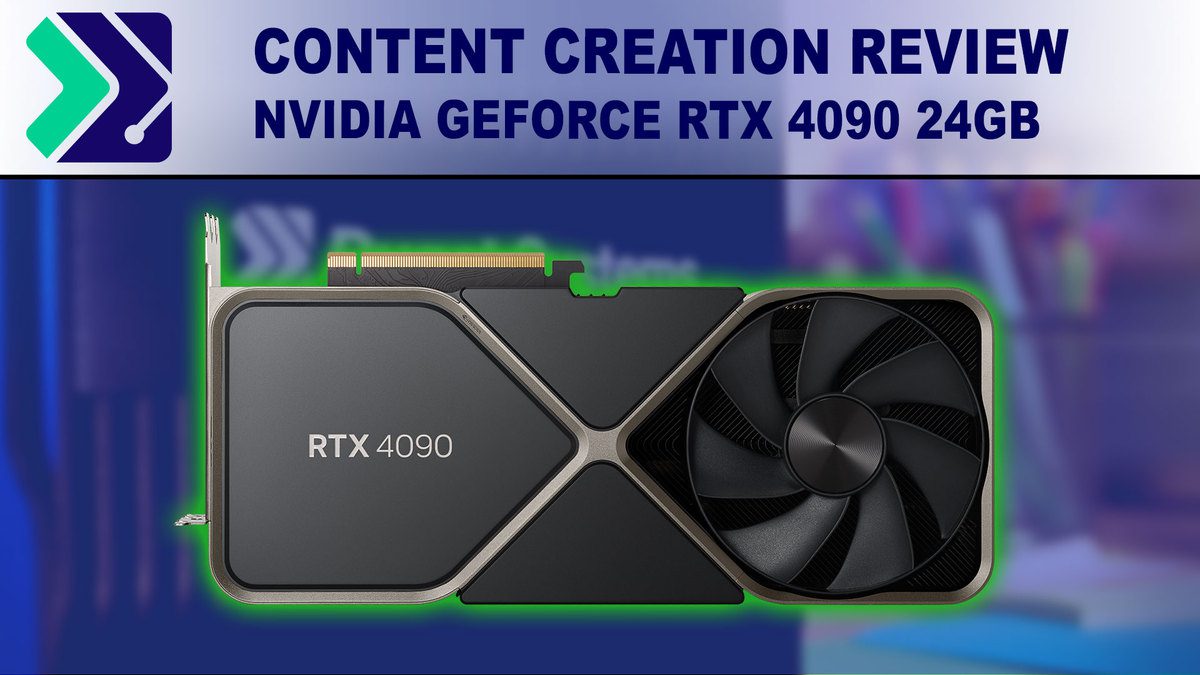
NVIDIA is beginning to launch their new RTX 40 Series GPUs, starting with the GeForce RTX 4090. NVIDIA touting significantly higher performance versus the previous generation 30 series, but how does this new card perform in the real world, and is it worth considering in your next content creation workstation?
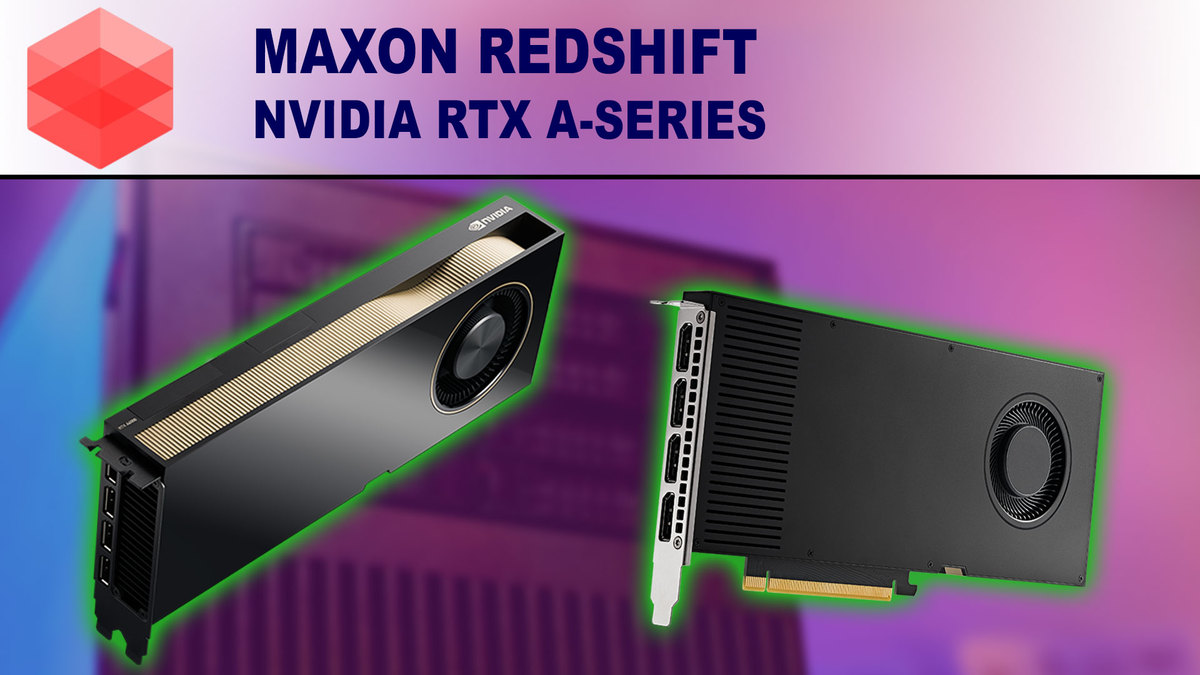
While the launch of NVIDIA and AMD’s consumer GPUs have been a major topic recently, NVIDIA is also starting to release the successor to their Quadro RTX line – starting with the RTX A6000. In this article, we will look at how it performs in Redshift from Maxon compared to recent NVIDIA Quadro GPUs.
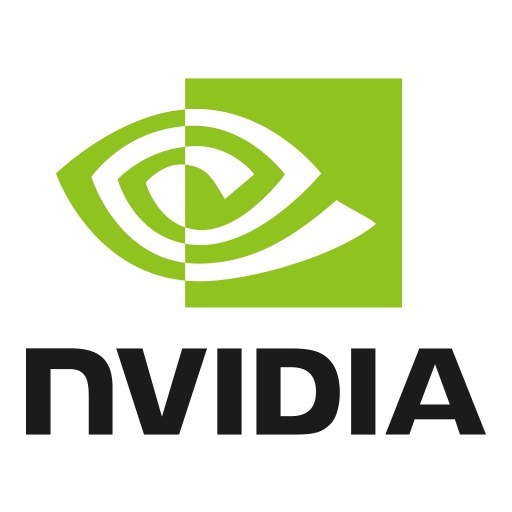
In an attempt to make their GeForce line of consumer video cards less appealing to crypto miners, NVIDIA has updated many of their GPUs with “lite hash rate” versions. These are supposed to reduce effectiveness for mining of currencies like Etherium by about 50%, without impacting game performance or other applications, but to be sure of that we put a pair of GeForce RTX 3070 cards – one with LHR and one without – to the test.
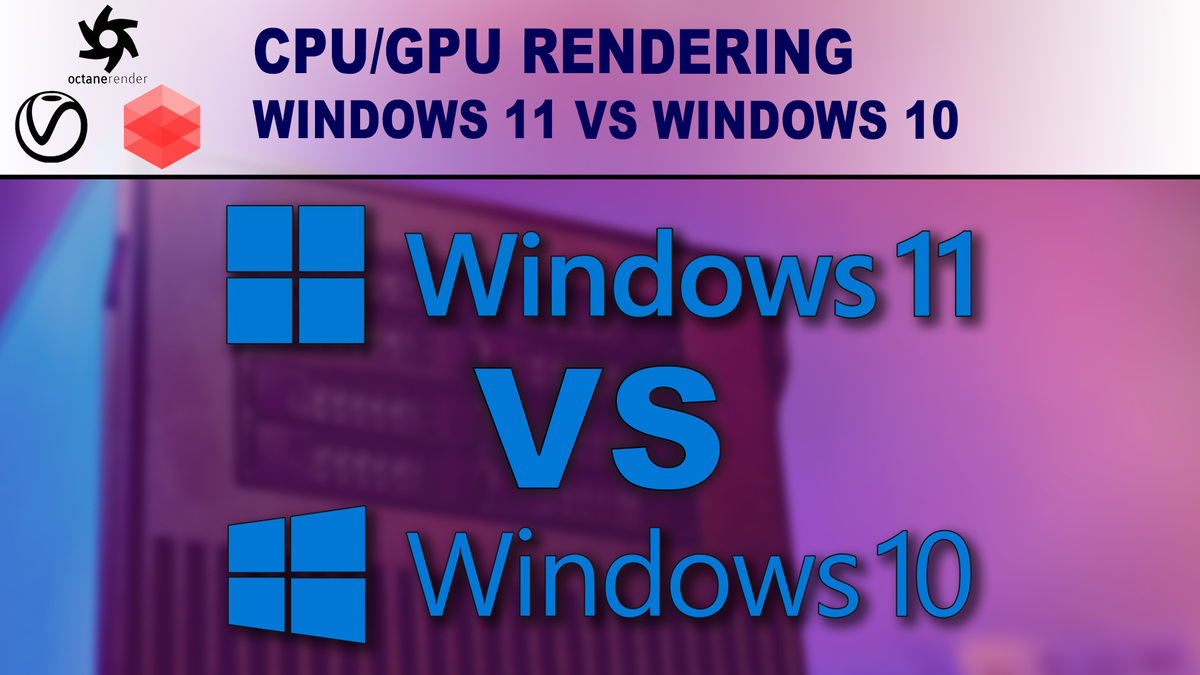
Windows 11 is finally here, however, many popular rendering applications like Redshift and V_ray have not officially offered support for the new OS. So what kind of performance could be expected as of the launch of Windows 11?
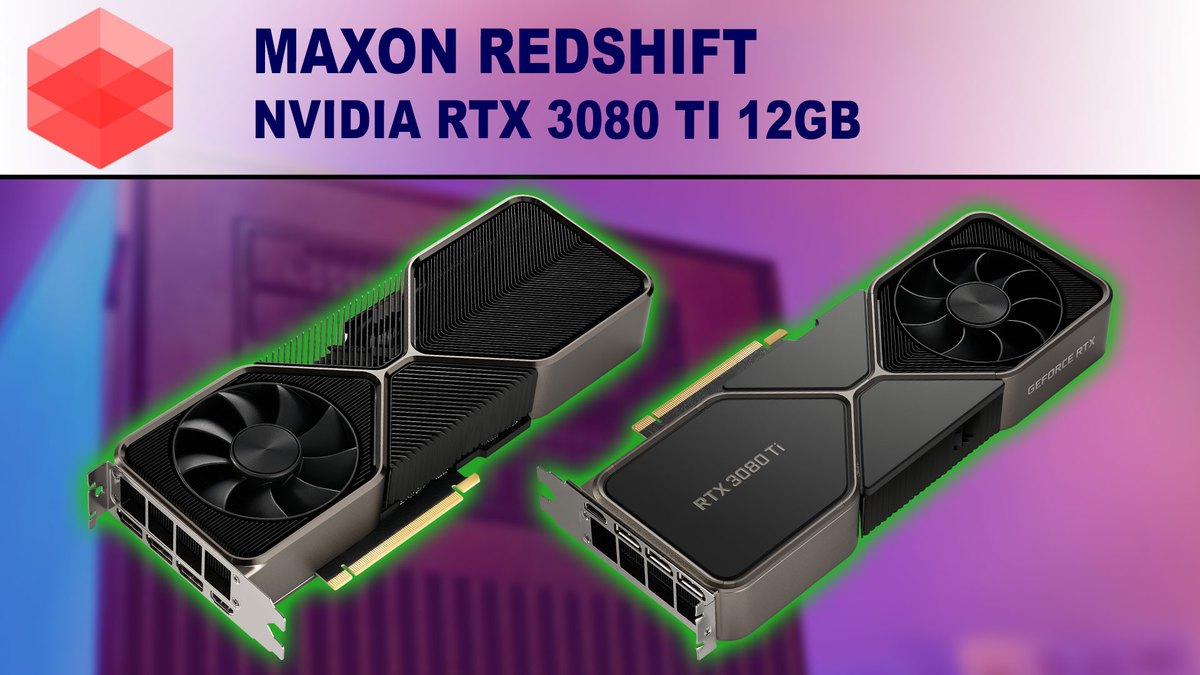
NVIDIA’s new GeForce RTX 3070 Ti & RTX 3080 Ti are here, touting more performance than their non-Ti variants – although with a larger price tag to match. The big question is exactly where these fit in Nvidia’s crowded lineup for GPU rendering within Redshift.
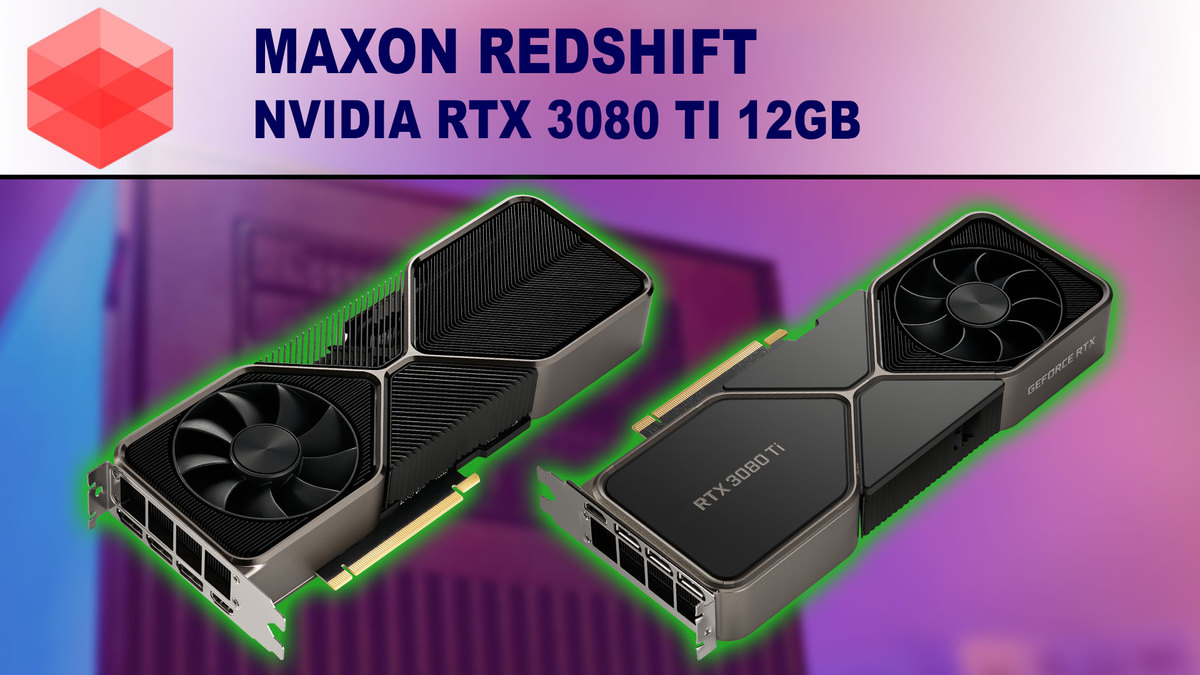
NVIDIA’s new GeForce RTX 3080 Ti is here, touting more performance and higher VRAM than the RTX 3080 – although with a larger price tag to match. The big question is exactly where this fits between the RTX 3080 and RTX 3090 for GPU rendering within Redshift.
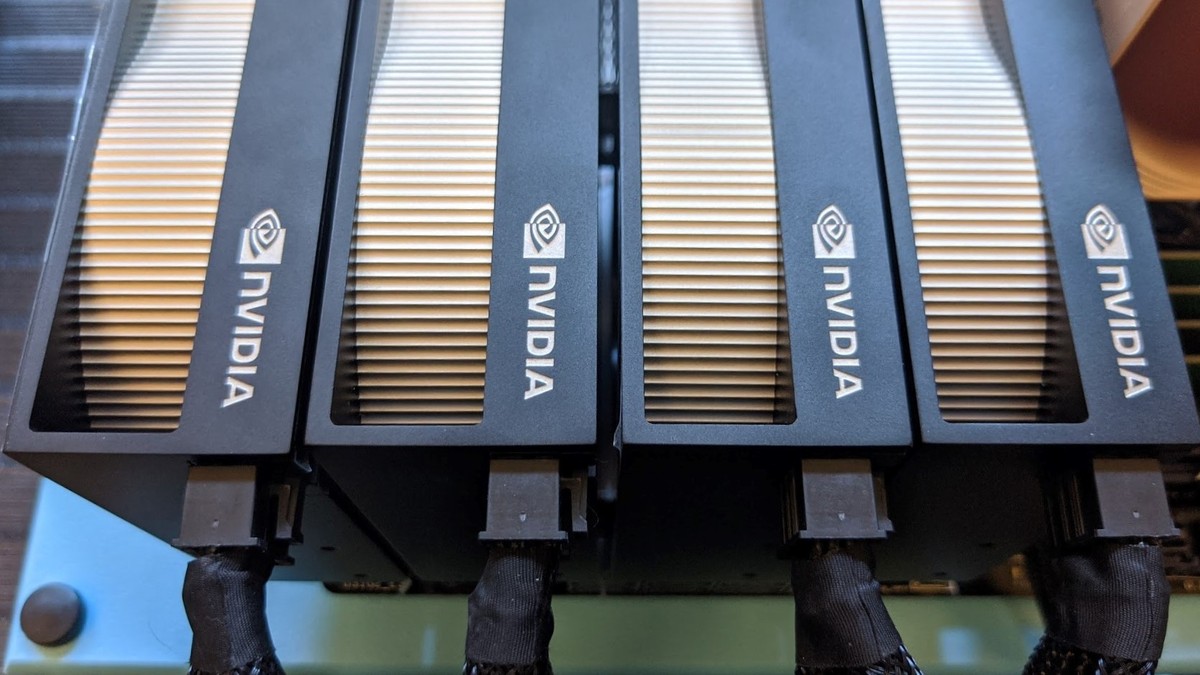
With the launch of Nvidia’s RTX A6000 video card, we look at how well these cards scale in multi-GPU configurations for rendering in Redshift, OctaneRender, and V-Ray.